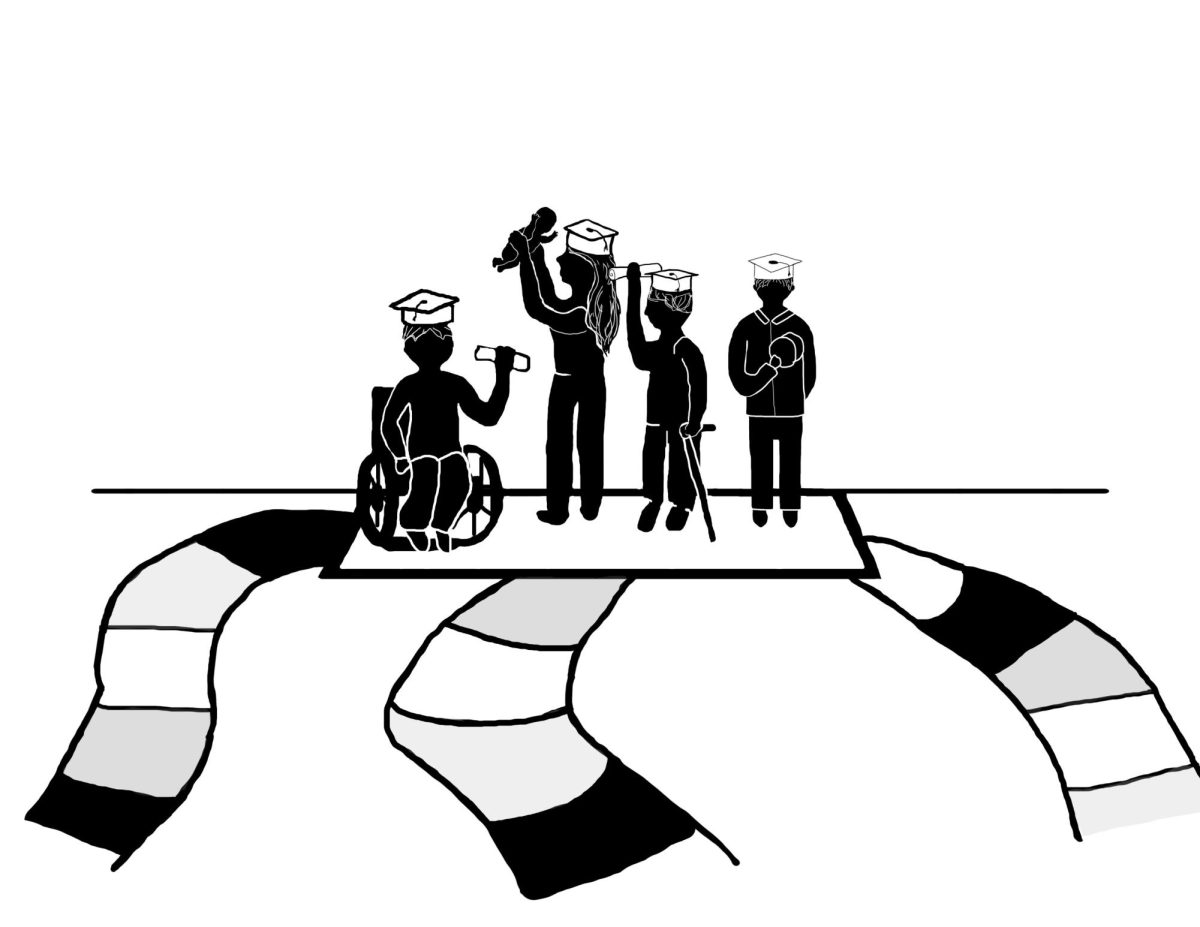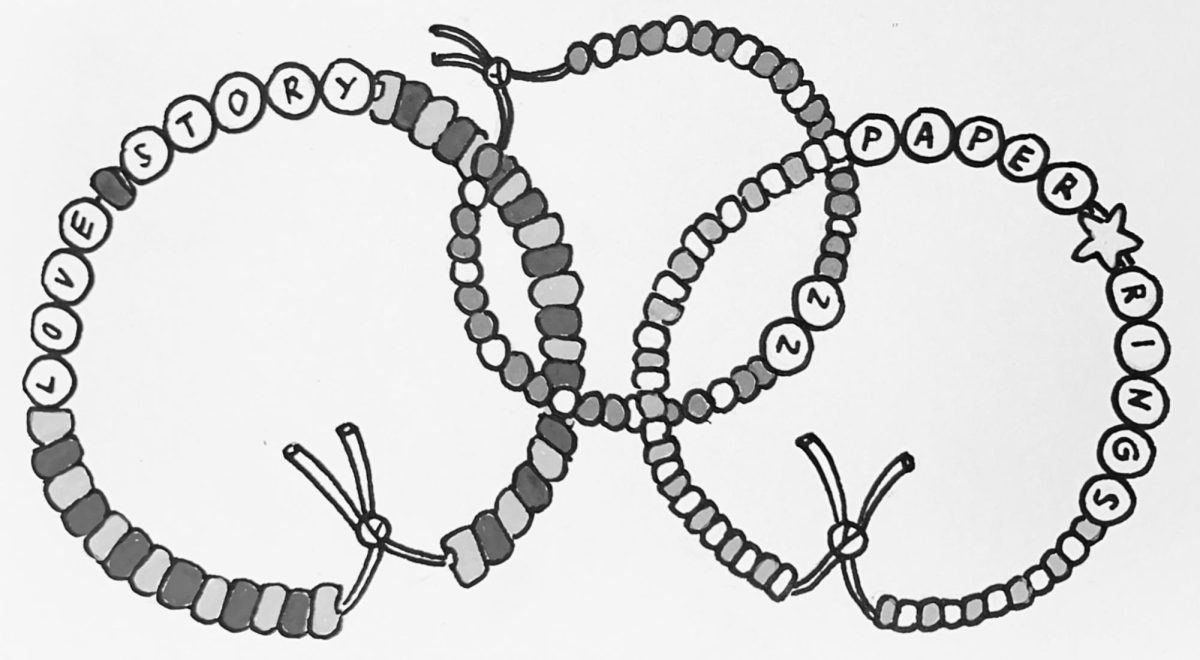Sophomore Lindsay Olson went to bed one night after developing a sore throat, but woke up in the middle of the night with the chills and an even worse sore throat. She took some Advil, but it didn’t work.
“I went to the health center at like two in the morning by myself, just walked there. It was terrible,” she said.
At Welty Health Center, like many Whitman students this year, Olson was diagnosed with influenza-like illness and sent home with a care packet of painkillers, masks and other supplies for caring with the flu; and they directed Olson to isolate herself in her dorm room. Because the health center did not screen Olson, or many others, for swine flu, it’s hard to be sure that what she and other students experienced was the H1N1 pandemic and not another type of illness, like the seasonal flu. However, Whitman, along with other colleges, did experience a outbreak of ILI, with many students falling ill, missing class and isolating themselves.
“It was the CDC and the American College Health Association’s suggestions that we don’t run a check on every single student who comes with these types of symptoms,” said Director of the Health Center Claudia Ness.
Checking for swine flu would have involved taking a swab and analyzing it, and doing it for every student who came in to the health center would have cost too much, and since the treatment for swine flu is the same as for other flues and flu-like diseases: treating the symptoms: tests would not have changed policy. The exceptions were students who had prior health concerns, like asthma, that made swine flu especially dangerous. These were also the students who the health center contacted to get the first chance at the early vaccines. However, of those tests that the health center ran, none came back positive for H1N1.
Olson, however, still believes that the disease she got was swine flu.
“I’ve had the regular flu before, and this is definitely different,” said Olson.
According to Ness, the outbreak this year last year was different from years before. The major outbreak at Whitman lasted from mid-October to early-December, petering out several weeks or so before winter break. In years past, the flu cases tended to be less concentrated, with fewer cases at one time but with a longer-lasting outbreak than this past year, where the outbreak was much more concentrated in time. The concentration of the flu cases likely increased the visibility of the recent flu epidemic compared to years past.
During the height of the outbreak, the flu was highlighted in the media every day; even The Pioneer declared its importance with headlines like “Flu hits Whitman campus hard, H1N1 vaccine near” and “Flu increases at Whiman, strain unknown.” While no stories directly raised fears of swine flu complications, most detailed the severe outbreak during the fall, where many students were sick and isolated.
In fact, the isolation policy promoted by the Health Center prompted senior Galen Bernard, former news editor, to write an editorial in November. Bernard argued that isolation was not necessary, hadn’t been used in previous years and lead to psychological consequences as a result of the lack of human contact.
After the visibility of the flu in the fall, the CDC predicted a possible outbreak of H1N1 in March and April, but according to Ness, the flu did not break out at Whitman or at other campuses. Another outbreak next year is possible, however, especially if the virus undergoes significant evolution between years.
American colleges are not the only ones worried about swine flu. According to Olivia Jones, a junior who studied abroad in Beijing, China, her university would check student’s temperature with “temperature guns” before letting students into the dorms. She experienced similar precautions at Chinese airports.
“It was mostly paranoia. One kid in the program did legitimately get swine flu. I definitely got the flu in the beginning, but I was afraid because this was right after the other kid got the swine flu and he went to the hospital and they put him in quarantine, and nobody had heard from him in a few days, so once I got the flu symptoms I didn’t tell anyone,” said Jones.
She theorized the heavy precautions in China about swine flu trace back to China’s experience with bird flu, a more dangerous type of influenza.
While swine flu can lead to dangerous complications, they are not that common. According to Ness, no Whitman students developed complications that necessitated hospitalization, and most recovered within a few days.
College living, however, does lead to increased illness, due to the close living conditions.
“Let’s face it, when you’re sharing bathrooms with other people, and you’re brushing your teeth, and turning the faucet on and off, there’s a lot of hand-nose-face contact: washing your face, putting your contacts in, all these sorts of things: that makes it very easy for these germs to thrive,” said Ness.












jbsml • Apr 22, 2010 at 2:16 pm
quote “However, of those tests that the health center ran, none came back positive for H1N1.” There have been many syudies that show H1N1 vacinations reduce a persons immunity. I worry the CDC is trying to push the vacines because they need to reduce their inventories?